Did you know that for every dollar you spend on email marketing, the ROI is an average of $42 back?
If you have an advertising campaign that gives you two dollars for every one dollar you’re happy. And yet email is forty times that as the largest ROI-generating marketing vehicle possible! So why is it so commonly the last thing business owners spend time on?
Listen to Mara Glazer this week explain the biggest mistakes businesses make when writing emails. In this interview, you will learn:
- How to Handle Writer’s Block if You Don’t Know How to Start
- A Simple Tip for Winning Clients That Anyone Can Do, and Yet You Probably Aren’t
- A Great Cold Prospecting Tip for Writing More Effective Emails
- How to Generate More Business Without a List
Mara Glazer grew up surrounded by direct response marketing. Her father, Bill Glazer of Glazer Kennedy, is one of the most celebrated marketing strategists in the world with decades of accolades.
Just like our CEO Amanda grew up with an Ultimate Sales Machine father, Mara grew up with a rockstar marketing celebrity as a father. It’s fascinating to see how the next generation is building on the methods of their parents.
Mara is known for breaking marketing records wherever she goes. Whether it’s generating a 52% conversion from a website or generating sales appointments from emails for some of the biggest names in the industry, you’ll want to listen in. Strategic and tactical advice for anyone using email to generate business.
TAKING ACTION:
- Want to know what’s keeping you from doubling your sales in the next 12 months? Take our quick QUIZ to get answers: Howtodoublesales.com
- If you’d like to have a profound breakthrough in your business, schedule your breakthrough call with a LIVE expert here: Chetholmes.com/Breakthrough
- Claim your FREE chapter 4 from the top 10 most recommended marketing and sales books of all time! Visit: Ultimatesalesmachine.com to find out how you Create 9X More Impact from every move you’re already making to win clients!
TRANSCRIPT
[00:00] Amanda Holmes: Hello everyone. Amanda Holmes here, CEO of Chet Holmes International and I have with me, Mara Glazer. I’m so excited. So we first met at a GKC event so for those legends creating our own legends as we’re going right? Mara is known as the “World’s Best Female Direct Response Copywriter”.
[00:20] Mara Glazer: Yeah.
[00:21] Amanda Holmes: Which I love, I love that. And I’ve followed her over the years as we met, always breaking records everywhere. She’s going, you know, whether it’s converting a website at 52% which is absurdly crazy, or generating sales appointments from emails. You need to know it. Here’s a stat cause you know, I have a market data company and I love market data.
Constant Contact came out with that for every dollar you spend on email marketing, you get an ROI of $42. It is the largest ROI-generating marketing vehicle that you could possibly do – it’s email. That’s why I had to have you come and talk about it.
[01:00] Mara Glazer: Thank you so much. Thank you for having me.
[01:02] Amanda Holmes: Yes. Yes. So what are some of the biggest things that people or businesses are missing with email? Can we cover that first?
[01:10] Mara Glazer: Yeah. So one of the biggest things people are missing is figuring out how to craft and word their emails in a way that really resonates with their audience. And so when they do that, typically they’re writing maybe about their programs in the way that they would think about them or their offers in the way that they would think about them as the owner of the business or someone marketing in the marketing department.
But really, it’s important to write about your programs and your offers in a way that your audience would think about them. And communicate in the words that they would use so that they feel like you’re reading their mind. And then they want to go ahead and take the next step of a sales call by whatever that is.
So that’s one of the biggest mistakes.
[01:55] Amanda Holmes: And also to type that back for you guys, you know, our buyer’s pyramid, right? 3% are in that buying now category. 90% are not thinking about you, not thinking about your product, nothing about your service, have opinions about your product or service.
So how do we get in the mind of a prospect that maybe isn’t thinking about your product and would be interested?
[02:14] Mara Glazer: Awesome. Okay. So there’s a couple ways you can do this. Okay. So one way I like to do this is to survey the audience. So if you have an email list, you can send out a survey and if you don’t have an email list, you can actually call people up on the phone. That would be your perfect prospect and ask them some questions.
And when you’re doing this, you specifically want to ask questions that allow for you to get an answer that you can look at the words and dissect patterns. So what you don’t want to do is multiple choice, because if you do multiple choice, you’re kind of giving them the answers that you’re thinking about, right?
But if you actually leave them as questions where they have to write something out, or if you’re talking on the phone even better, you can start to look for patterns in their words, in their languaging, and really discover what it is that they want and the words that they’re using. So I’ll give you actually an example of this.
So I was working on a campaign for a program selling, it’s a program to teach women how to flip houses. And before we started to write the campaign, we have thought and assumed that what these women in this audience wanted to do was they wanted to make six or seven figures a year flipping homes. Gives like who wouldn’t want to do that, right? Sounds so great.
[03:27] Amanda Holmes: Right.
[03:28] Mara Glazer: Thank goodness we surveyed the audience first because we found out that’s not what they want at all. What they really wanted was just to flip a few homes a year and then take the rest of the year off to do what they love. They wanted to replace their income with their flipping business and then have the rest of the year to be with their family, do activities that they love, and those are two very different things.
So had we written the campaign about what we thought, it would have been a flop, but if we wrote about what they told us they wanted, and it was a huge success.
[03:54] Amanda Holmes: And, and you can also do this in DMs, right?
Like Instagram. I know you can ask questions and get their feedback. You can ask it on your Facebook page or on your LinkedIn page or your group.
Yeah. I love that. What a great example, too, of really realizing. Lady Boss was just talking about this on stage. So we’re at funnel hacking live right now, and she was saying that the way that they grew to $160 million is they just kept asking, what do you want? What are you missing? What do you need? And getting that feedback, so she validated what you just said.
[04:25] Mara Glazer: When I first started working for my dad at Glazer Kennedy, the first lesson he taught me is if you want to make a lot of money, ask your customers what they want and then give it to them. So I never forgot that.
And then there’s another way you can get inside the mind of your buyer, which is what I’ve found is that not all, but most business owners would have been a perfect ideal client for themselves a couple of years ago, five years, 10 years ago. Before they discovered the thing that they’ve discovered that they now sell.
Again, it doesn’t apply to everybody, but applies to a lot of people. So what you could do is tap into your past to connect with your audiences’ current pain.
So think about what would someone have had to have said to you to get you to take a response on that email to you, to get you to book that sales call, or you to buy that thing? Or what were your fears back then? What were your dreams back then? What were your desires back then? And really get in that mindset and speak to that in your emails, in your copy.
[05:21] Amanda Holmes: Wow. That’s really interesting. I’ve been thinking about this a lot lately because I realized I have been working on the new addition to my father’s book. And there was so much that had been coming out about solutions.
Everybody’s talking about all of the solutions, but we’re not talking about the pain enough, right? Because people are more motivated towards pain. So thinking back to fears and then being able to articulate that in an email. Are you worried about keeping the lights on to generate new business, right? Here’s that simple’s solution that I’m riffing here about on email.
[05:56] Mara Glazer: Yeah, but that’s exactly right. Okay. You got it. So those are two strategies that you can use. Actually, it’s three strategies because there’s an email survey you can get on the phone. I really liked the phone option. You probably do too, because then you can pry and ask even more questions and go even deeper and then tap into your past to connect to your audiences’ core pain.
[06:17] Amanda Holmes: Awesome. And then anything about like the actual writing of the email?
[06:23] Mara Glazer: Okay. So here’s a tip that, I mean, I still use this too to this day. So, this tip that I’m about to share with you will allow for you to connect better with your audience, but also if you’re the type of person watching this, that gets writer’s block or who is like find themselves sitting in front of like a word doc or a Google doc, not knowing even where to start.
[06:44] Amanda Holmes: Right.
[06:45] Mara Glazer: This will really help you. So I write all of my emails as if I’m writing to a friend who would be a perfect ideal client for me. And I specifically have one friend, Carrie, like I write all my stuff to her. Right. So pick that one friend. And because what happens is, if you are sitting down to write a sales email, sometimes you freeze up or sometimes you make it too professional or it doesn’t really match how you would speak, but if you can relax and just pretend like you’re writing an email to your friend, like you would every day where you don’t even stress about it, that will remove a lot of that anxiety, but also allow for you to speak in a way that creates more engagement with your audience, because you’re speaking to them as, as someone that you already have a relationship with.
And that will be picked up on the other side of the email. That energy will be put into that email and received on the other side of the email. So that’s a quick tip on how to do that. And I mean, I’ve been doing that forever. I use my own little hack.
[07:36] Amanda Holmes: I love that. I love that. I do the same thing with video. When I think of who’s on the other side, I will speak specifically to that person and I have to have that person, or it, it kind of gets wobbly of who I’m actually directly talking to, right?
So how interesting! As far as how to keep people’s engagement and actually have them read your email, how do we make our emails more interesting?
[07:59] Mara Glazer: Okay. Awesome. So there’s a couple of things that you can do. So one, you don’t want to be afraid to show your personality in your emails. And as my dad says, you even want to be outrageous, right?
So there’s a couple of ways you can do that. So one is, I don’t worry about the spelling and the grammar being absolutely perfect. Sometimes I’ll use abbreviated words. Sometimes, I’ll use emojis. I often like to put photos or GIPHYs inside of my emails, because like, imagine for a moment, you are waking up in the morning, you go to your email inbox, you open an email and it’s just like black text on like a white screen, right? It looks kind of boring, right? You’re like, oh, this is going to be the most boring email.
But if you see a Giphy or you see a really interesting photo, it might capture your attention and get you excited to find out what that’s about. So by using emojis, using pictures, using GIPHYs. video, images, anything like that, you can learn and make the email look more appealing so that then the reader will want to actually read it.
So that’s another way that you can make it more interesting. And then also like, I like to use there’s this terminology about copy doodle. Copy doodles are kind of like were invented over 10 years ago, but it’s hand-drawn fonts. And so you could use that in your emails too. So there’s so many different little tricks in that regard.
[09:30] Amanda Holmes: Yeah. I hadn’t even thought of that.
[09:32] Mara Glazer: Yeah. So look at the copy cosmetics of your emails and how you make them interesting. And then also just, don’t be afraid to be yourself and writing as if you’re writing to a friend will really help you with that because it will allow for you and give you that permission to infuse your personality into the email as well.
[09:54] Amanda Holmes: I totally relate with what you’re saying. I recently sent out an email, so it was the nine-year anniversary of my father’s passing. Nine years it’s been – it’s insane. And I wrote this personal email, you know, every week we’re doing something teaching about some way to grow your sales. And this was just saying, you know, on this day, I just have to thank you for all of you that are still here.
You know, nine years later, we’re still here. 60% of second-generation businesses fail. The fact that we’re here, says volumes, thank you.
And the response that I got, I’m even getting chills. Just thinking about it again, the response that I got from that email, you know, I felt like I had to be buttoned up and say something really, um, you know, insightful or, or here’s a great another hack, but that day I just, you know, let down my guard and just said that I’m very grateful, thank you. And I got more response from that email than anything else I’ve seen in the entire year. That one was so, I mean, people like we’ve been with you for 20 years. That was awesome. I can’t believe it. Like, yeah, it brought tears to my eyes seeing those responses, so I can really relate to what you just said.
[11:03] Mara Glazer: Yeah, your audience wants to know you and they want to know about you just as much as they want to learn from you. And, you know, I think one of the things that we forget is there’s lots of people that do what we do. If you’re watching this, there’s probably lots of people that do what you do too, but your audience is there for you or your customers. They hire you for you.
So you get to be you and they fall in love with you. And that’s totally okay.
[11:28] Amanda Holmes: Another topic that I hear from you guys all the time is you’re wanting to know about cold prospecting, how to cold prospect using email.
So can you share maybe a story about that, where you’ve been able to get a client using cold email?
[11:40] Mara Glazer: Yeah. So when I first started my copywriting agency, I didn’t have an email list, but what I knew how to do was write really good messages. So I went through my Facebook friends and I made a list of every single person that I knew that either would be a great client for me, or who would know people who would be a great client for me.
And I typed up a little, a little message. And I sent that out to every single person. I personalized them and added a little, you know, a one-on-one note at the beginning of all of them. And, so the result of that was actually within two weeks, I landed at $4,500 a month retainer client, and they still send us projects to this day, years later.
And so, you know, what I love about that story is like, you don’t actually have to have an email list or an audience to be able to get really, really great clients. You just need to write it down a great message that will attract somebody in and get them to be excited about talking to you.
[12:43] Amanda Holmes: I think this is also crucial because we don’t think about our Facebook friends as, or some people have more than others, it depends on your industry. You don’t think of that like, oh, maybe I can find some clientele on my Facebook friends, at least I hadn’t prior. Same with your phone. How often do you go through and actually look through your contacts and go, oh, who could potentially work with me, right? And you just start texting.
It’s the same. It’s the same idea, right?
[13:09] Mara Glazer: It’s the same idea. And then what’s also cool about Facebook is like, let’s say there’s a specific person that you want to connect with. They’re on your Dream 100 list. You want to connect with them, but you don’t know them.
So with Facebook, you can go on Facebook and see if you have any mutual friends and then ask one of those friends for a mutual introduction, which I found really allows for you to capture their attention more than if you were just to message them on your own because they kind of have their endorsement, right?
[13:40] Amanda Holmes: So, you can do that on LinkedIn too. I love that. That is such a good tip and it’s so simple. And yet the majority of people do not do that. They think, oh, where am I going to get my prospect from high in the sky? Maybe I’ll buy a list. Maybe I’ll. Oh, that’s brilliant.
[13:54] Mara Glazer: You might know somebody who knows that person that you want to know.
[13:57] Amanda Holmes: Exactly. It’s so good.
[14:02] Mara Glazer: All you have to do is ask for the intro. My dad always says, don’t ask, don’t get. So sometimes, you just gotta ask
[14:08] Amanda Holmes: Oh, this has been so wonderful. I’ve been wanting to do something for a while, so thank you so much for providing so much value to everyone. I’m sure they’re appreciative as well.
[14:17] Mara Glazer: Thank you for having me. I enjoyed chatting with you.
[14:19] Amanda Holmes: How do we find you?
[14:21] Mara Glazer: You can go to maraglazer.com and you can find me right there.
[14:25] Amanda Holmes: Perfect. Thank you.
[14:27] Mara Glazer: Thank you.
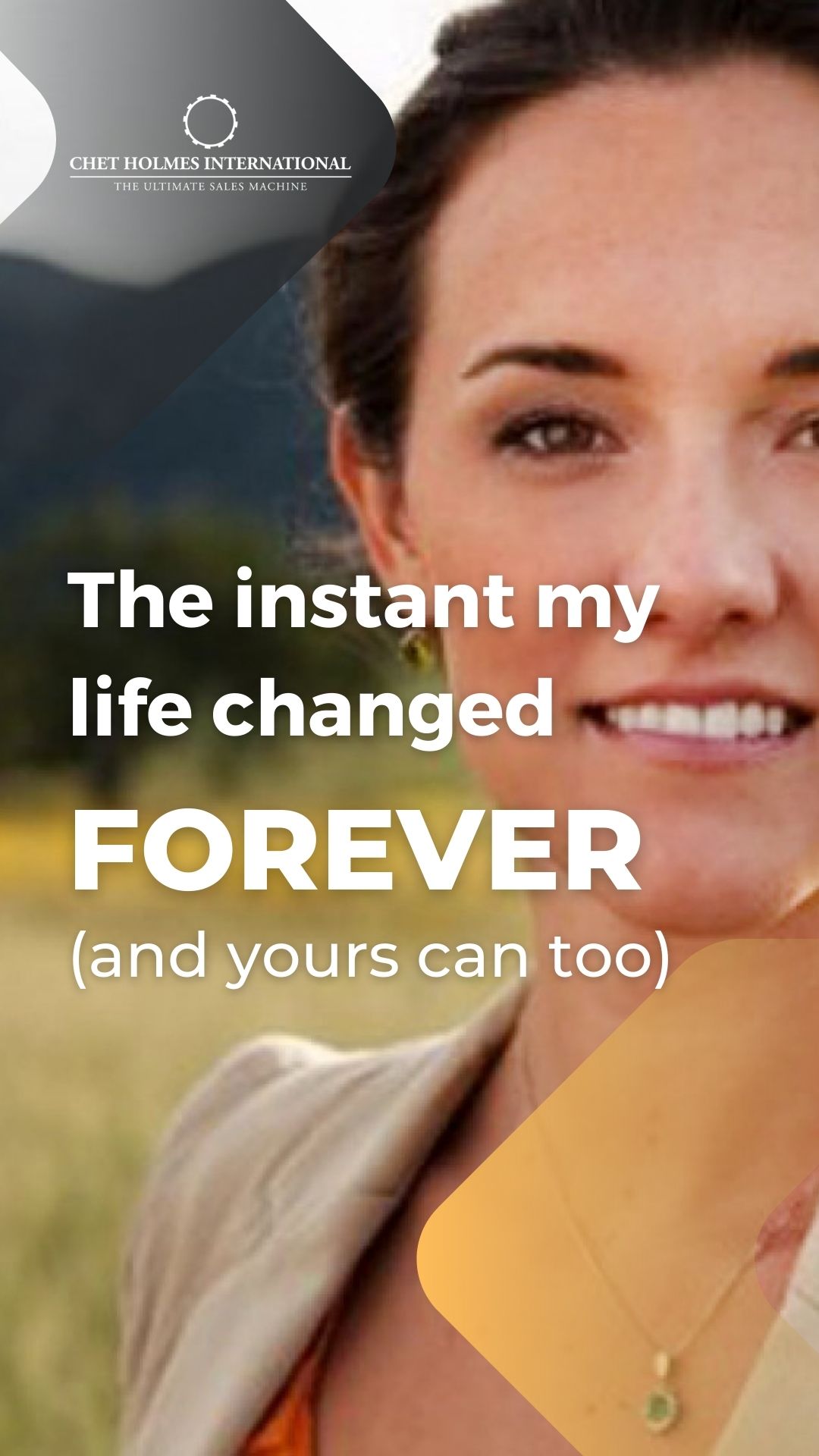
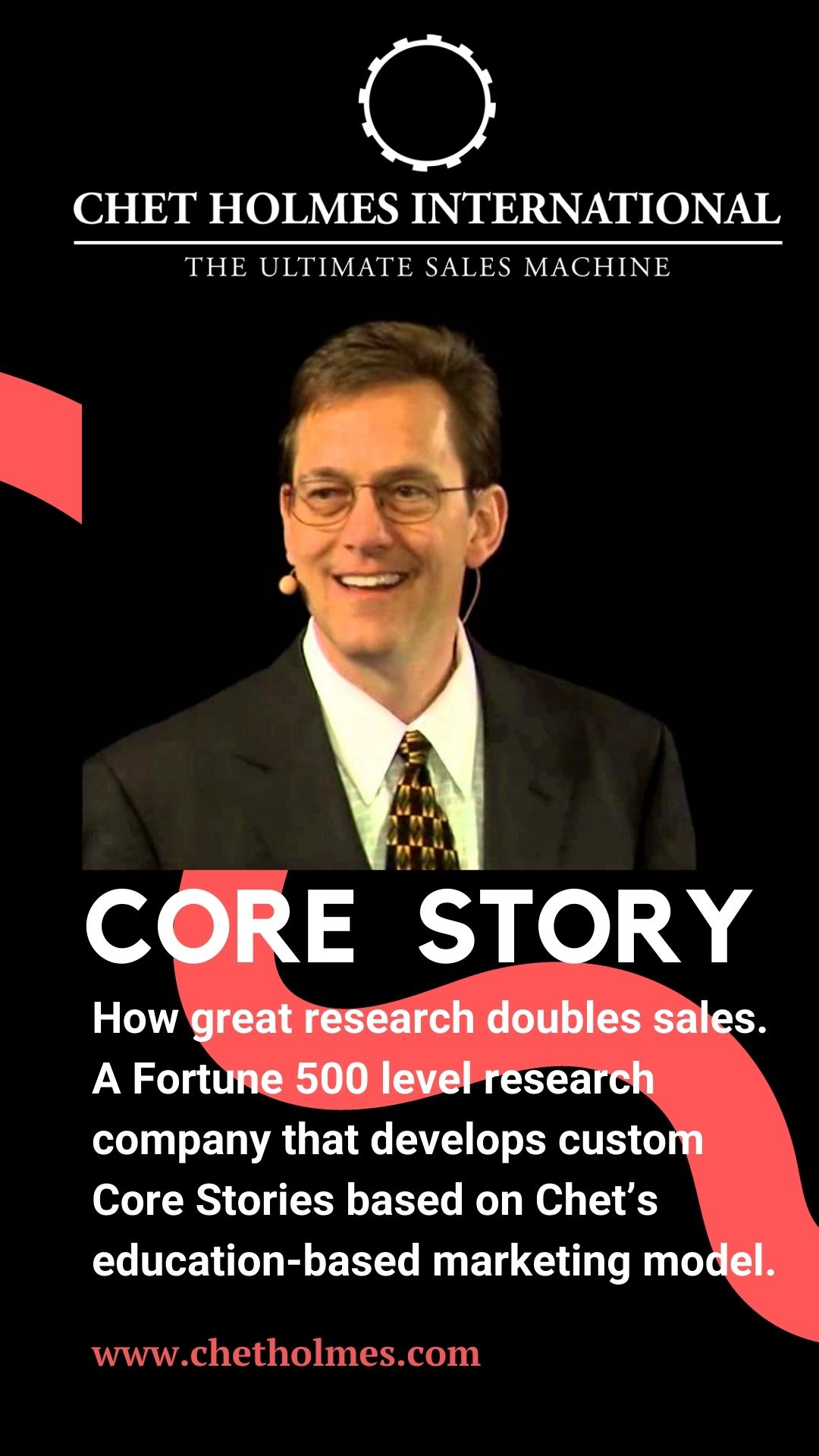
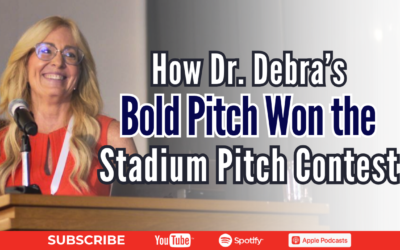
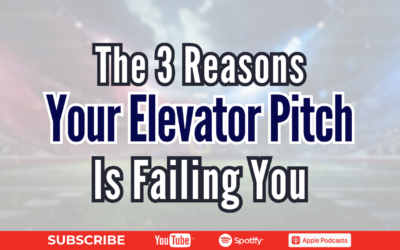
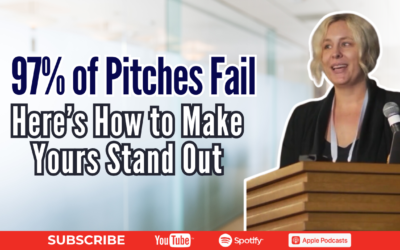
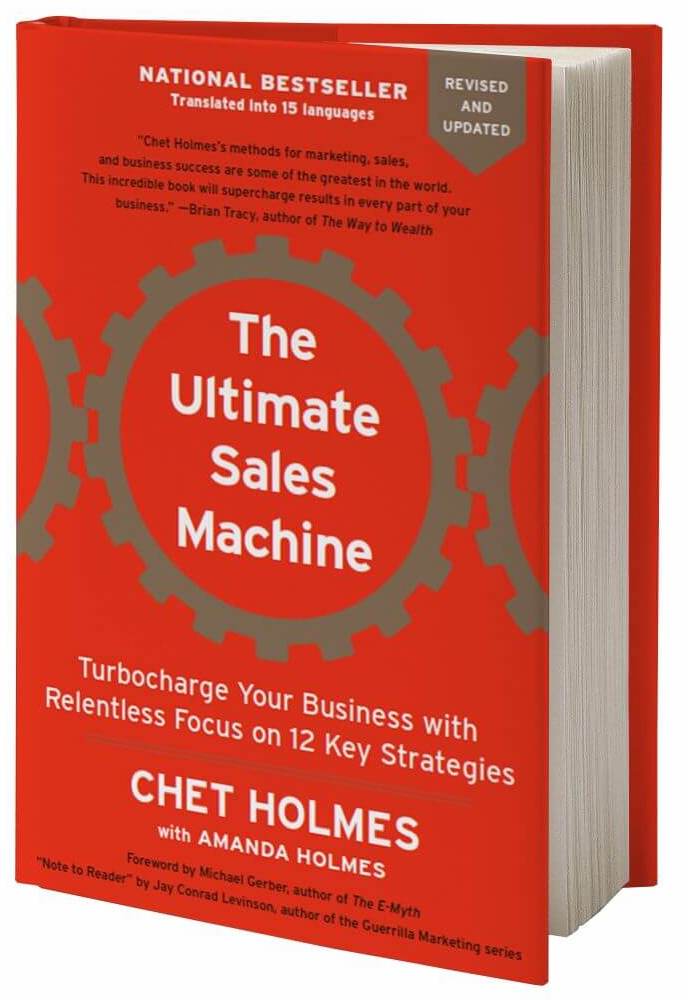 Get your pre-sale copy of the new edition of The Ultimate Sales Machine! (With special limited time bonuses)
Get your pre-sale copy of the new edition of The Ultimate Sales Machine! (With special limited time bonuses)
0 Comments